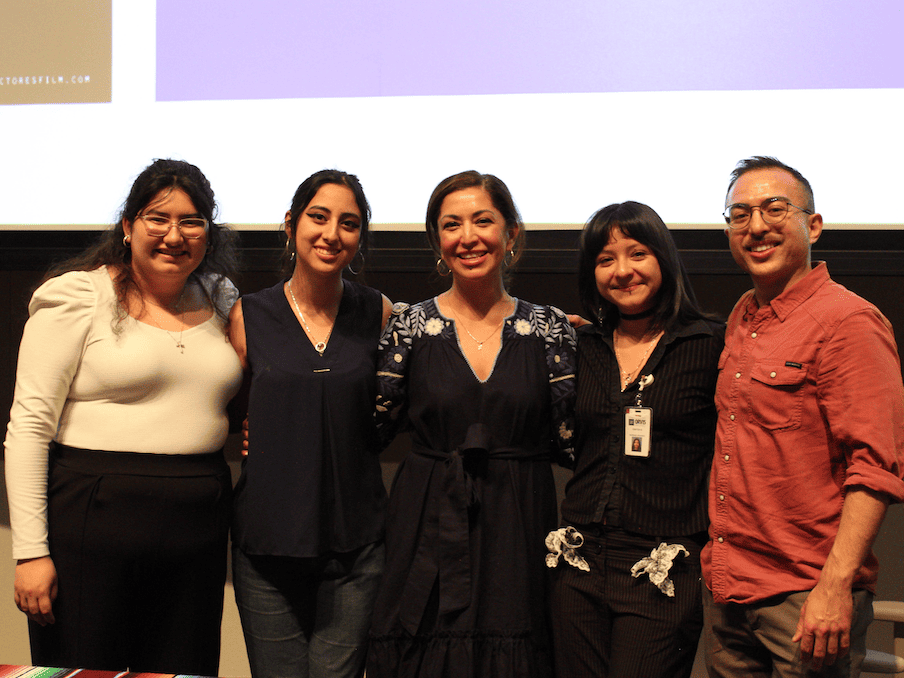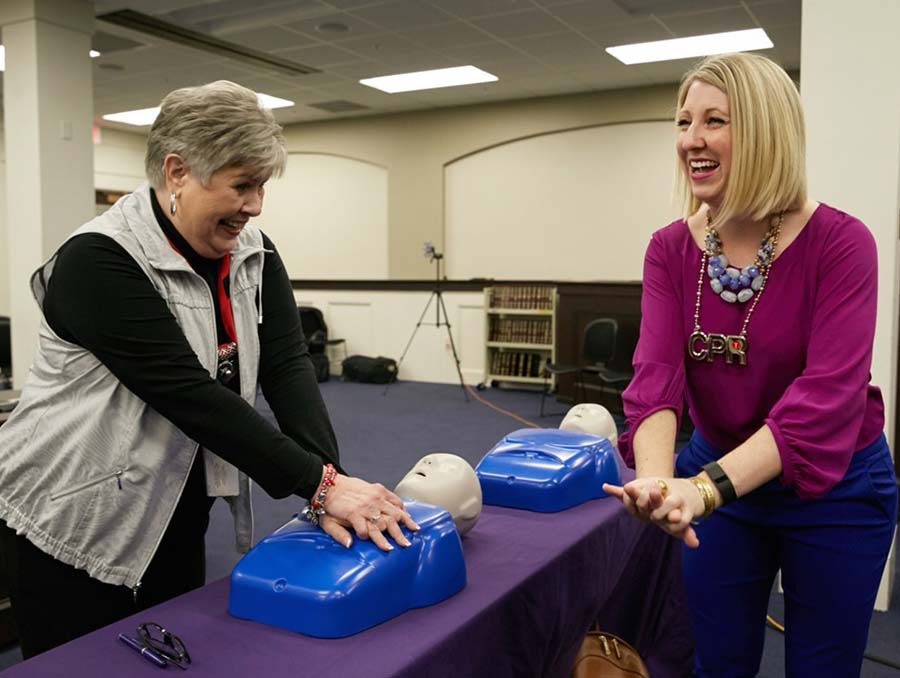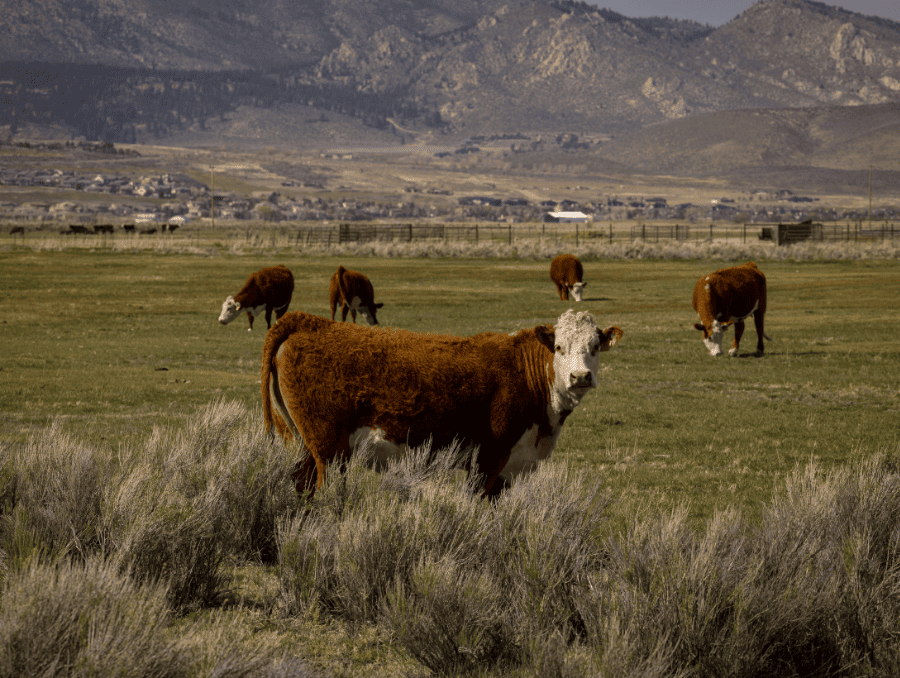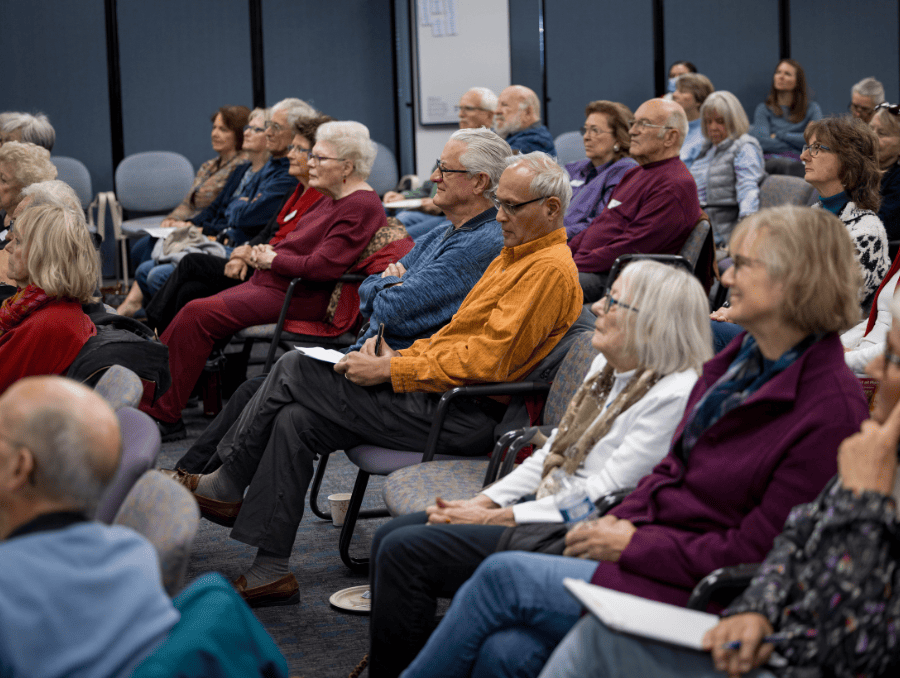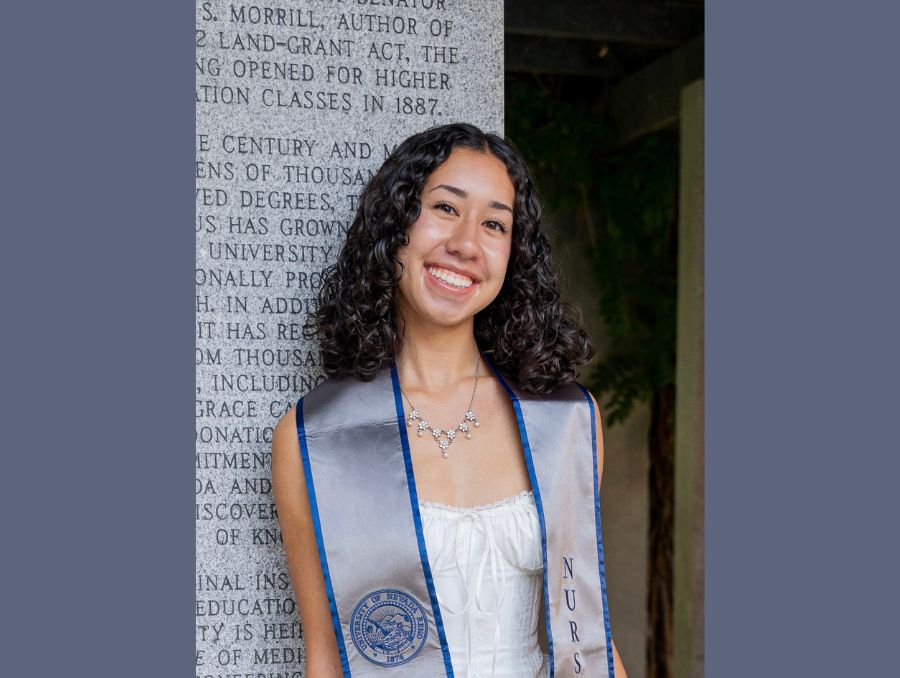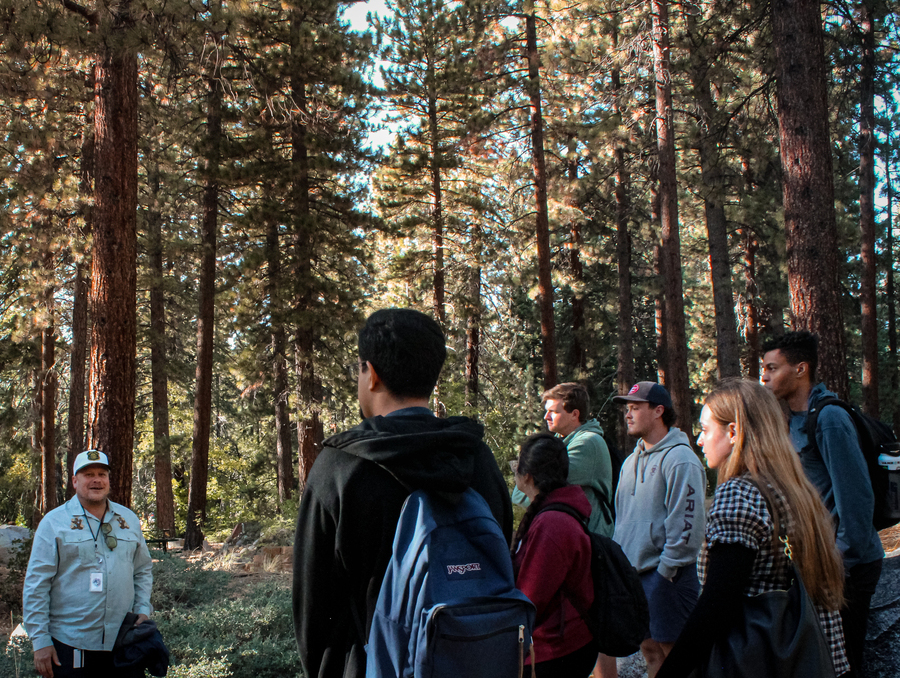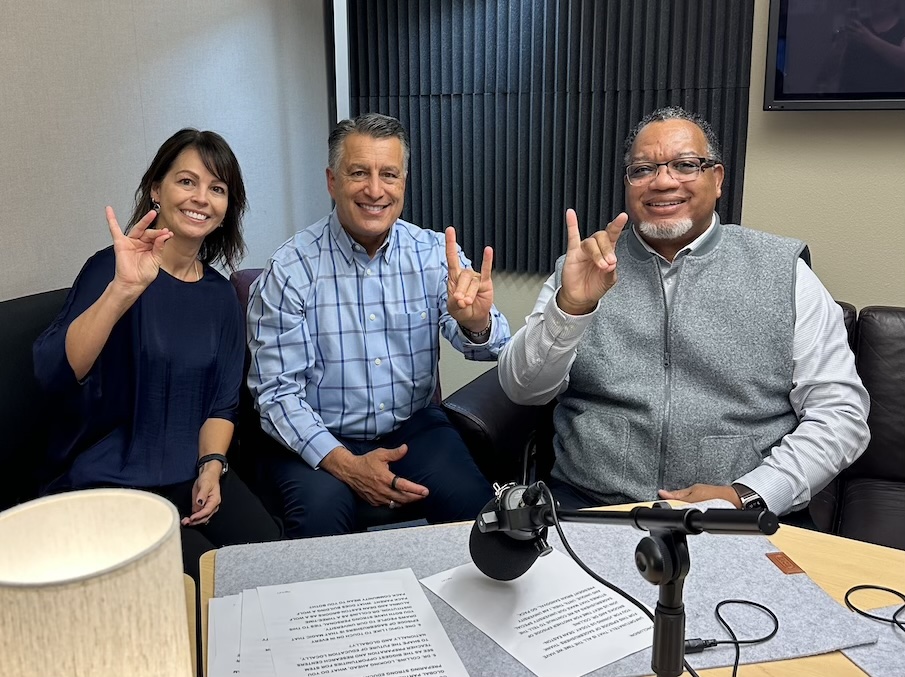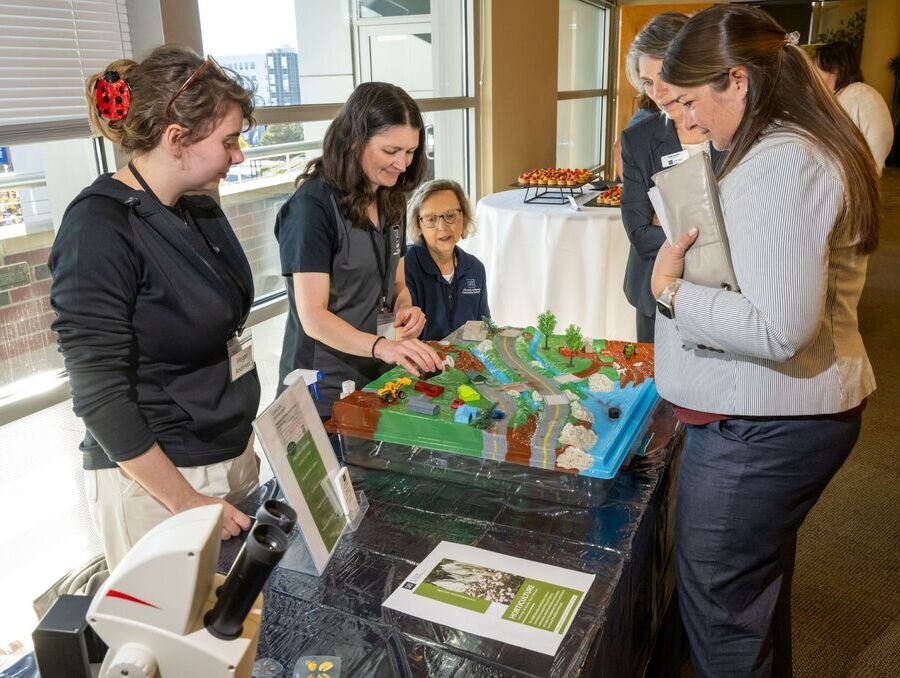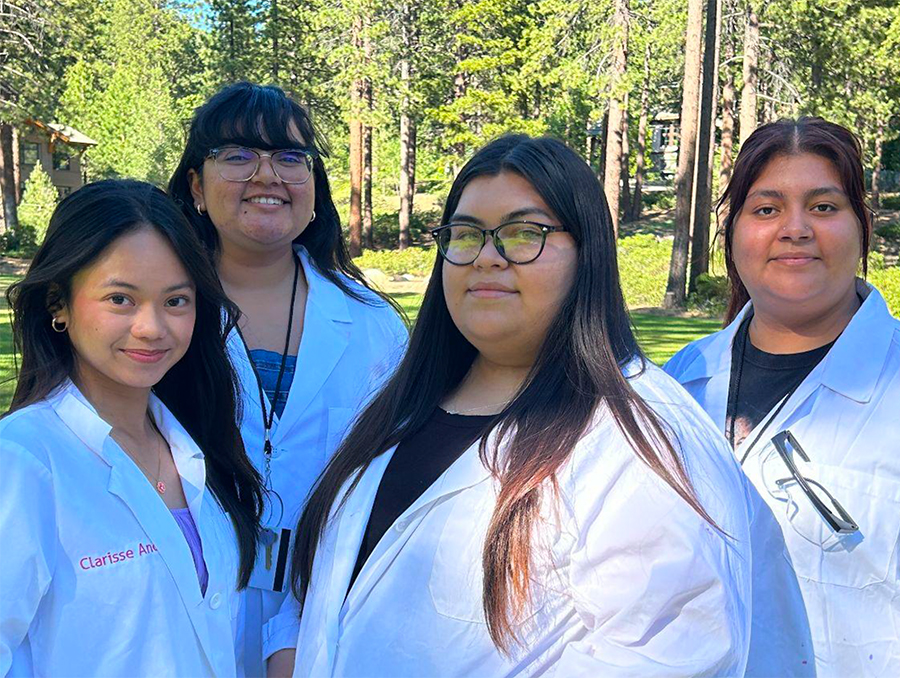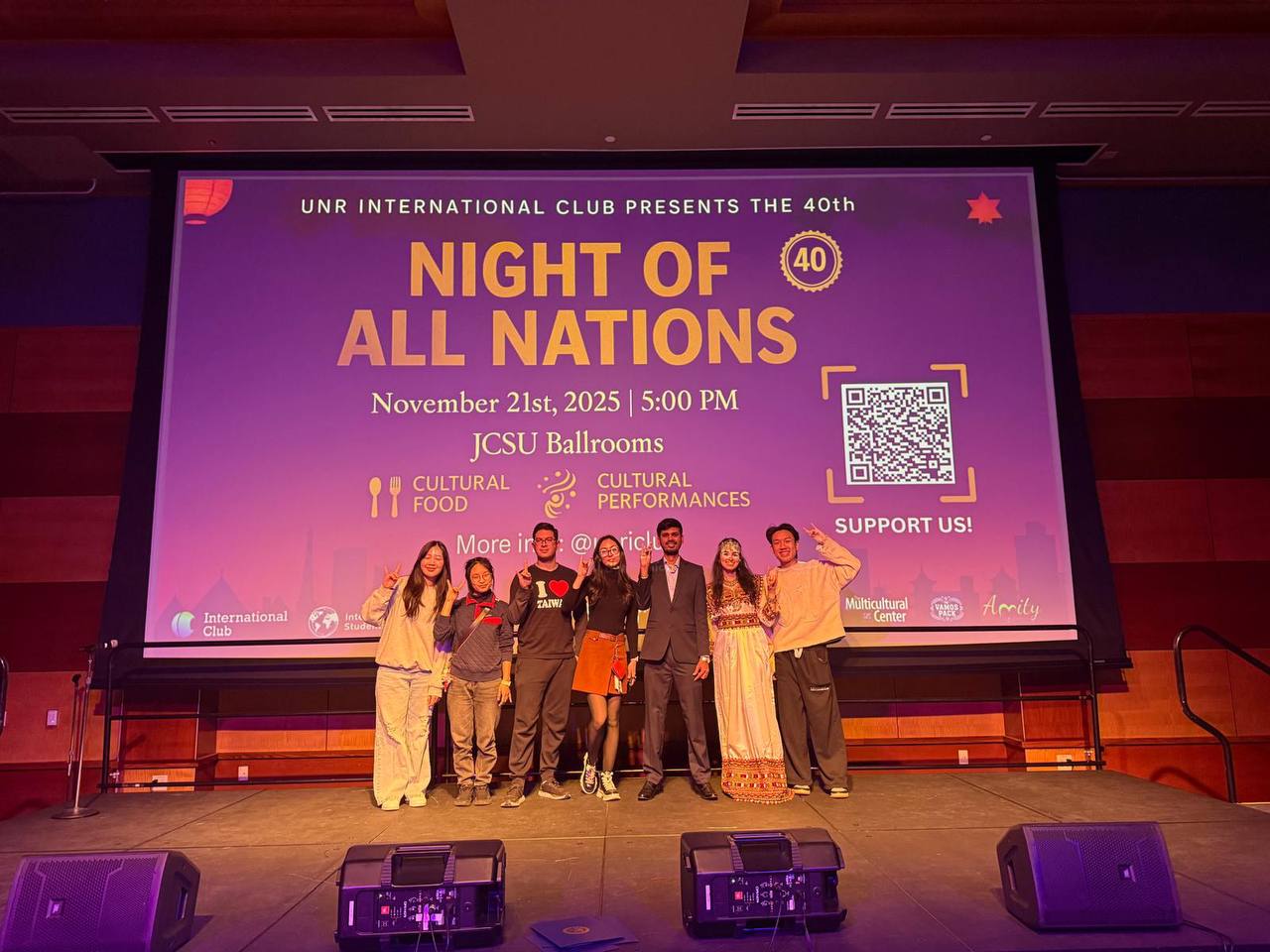A simulated 6.9-magnitude earthquake rocked the Joe Crowley Student Union during a pivotal emergency preparedness exercise aimed at saving lives and strengthening community bonds on May 22, 2025. The event’s impact continues to resonate, bringing together students, faculty and professionals from the University of Nevada, Reno, and regional health agencies.
Now in its third year, the Interprofessional Care TTX 2025 convened participants from the Orvis School of Nursing, School of Public Health, School of Medicine, and University Organizational Resilience. Key partners included REMSA, Northern Nevada Public Health, Renown Health, Northern Nevada Health System, Washoe County School District, Revive Health Senior Care Management and the Quad-County Public Health Preparedness Program.
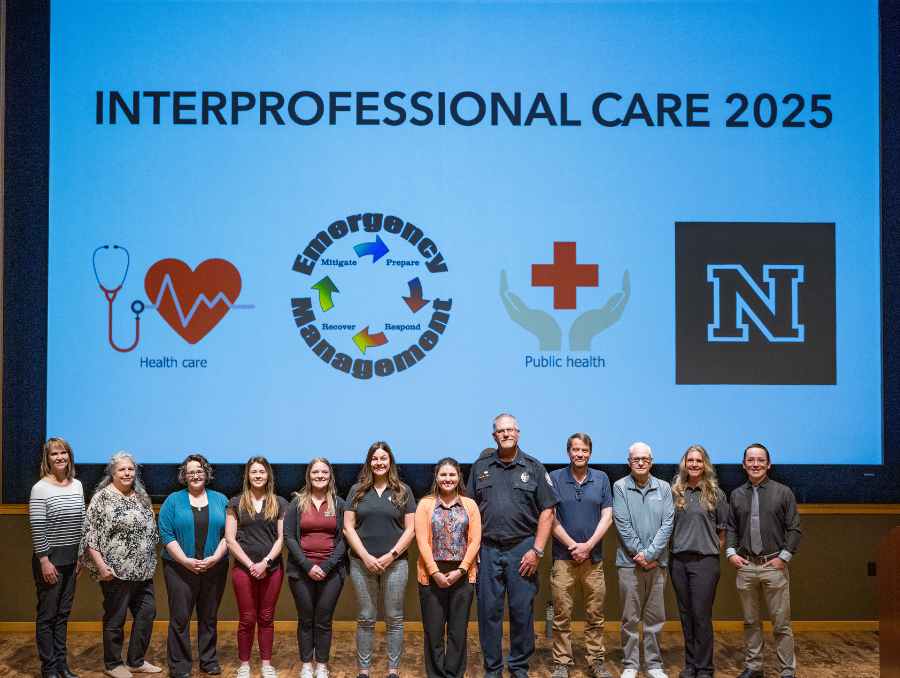
Jennifer Delaney, M.P.H., serves as the University’s Organizational Resilience Training and Exercise Coordinator. She emphasized the importance of such exercises.
“Exercises like the Interprofessional Care 2025 are critical for strengthening the foundations of emergency preparedness,” she said. “They offer a rare opportunity to bring together partners across the healthcare and public health spectrum before a crisis happens.”
This hands-on and tabletop exercise challenged over 150 participants to coordinate responses during a high-impact, mass casualty event. Through role play, triage scenarios, and activation of the Hospital Incident Command System (HICS), the training emphasized three core areas: operational coordination, lifesaving treatment during public health emergencies and triage documentation amid patient surges.

“When we talk about preparedness, we often focus on systems but it’s people and relationships that drive response,” Delaney added. “Events like this help us understand not just what our partners do, but how they think. That insight is priceless when seconds matter.”
The fictional scenario was grounded in real geological risk - a 6.9 earthquake along the Mount Rose Fault striking during a public event at Greater Nevada Field. Overwhelmed by more than 100 simulated patients, local hospitals faced severe strain on staff and resources during the mass casualty event. Amid the chaos of blaring emergency alarms and actors portraying distressed patients and family members, students were challenged to work quickly and collaboratively at hyper-realistic triage stations, making rapid decisions under intense pressure.
“Many students question the need for a preparedness exercise,” said Jim Bellamy, Ph.D., clinical associate professor and undergraduate program director at the School of Public Health. “However, as the subject matter experts point out to the students. It is not if, but when they are involved in a real-world mass casualty event.”
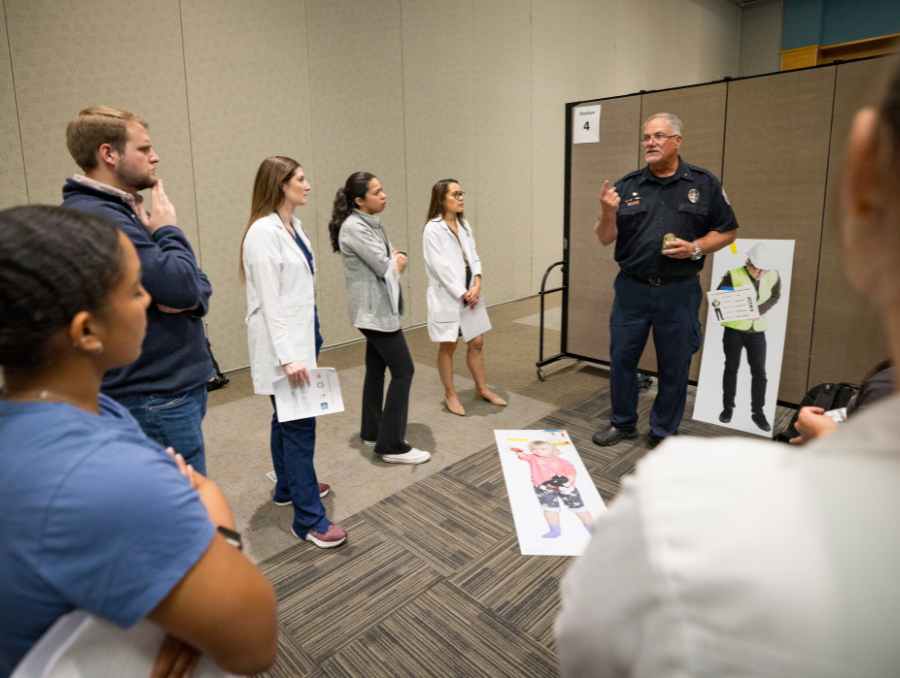
Participants rotated through two primary modules: triage training using the START (Simple Triage and Rapid Treatment) method and command center response using HICS protocols. Teams were tasked with assessing patients, allocating limited resources, ensuring family communication and managing evolving safety concerns within healthcare facilities.
“Exercises like these help students build crucial skills in leadership, teamwork and rapid decision-making, while also preparing them for effective, collaborative practice in high-pressure situations,” said Maria S. Adams, coordinator at the Interprofessional Education and Service-Learning.
The exercise concluded with an after-action debrief known as a hotwash, followed by aguided session on emotional wellness and self-care. These wrap-up conversations addressed the psychological toll of high-pressure emergency response work and the importance of recognizing trauma, burnout and secondary stress.
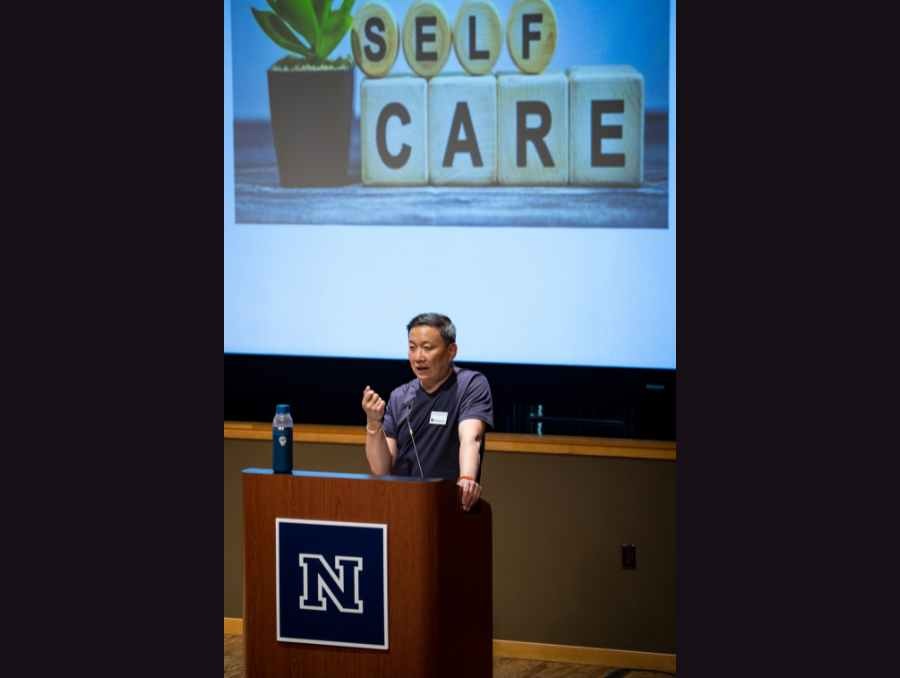
Jackie Ferdowsali, associate professor at the Orvis School of Nursing, reflected on the exercise’s impact.
“It was so inspiring to see our community partners come together to support our students,” she said. “It was also a great opportunity for students to see true interprofessional collaboration in action.”
“One of the most inspiring aspects of the Interprofessional Care 2025 exercise was seeing students work alongside professionals in real-world scenarios,” Delaney said. “These kinds of experiences shape the next generation of healthcare and emergency management leaders.”
With crises demanding ever-stronger collaboration in healthcare, this simulation offers a powerful, hands-on experience that prepares students not just to respond - but to lead.

